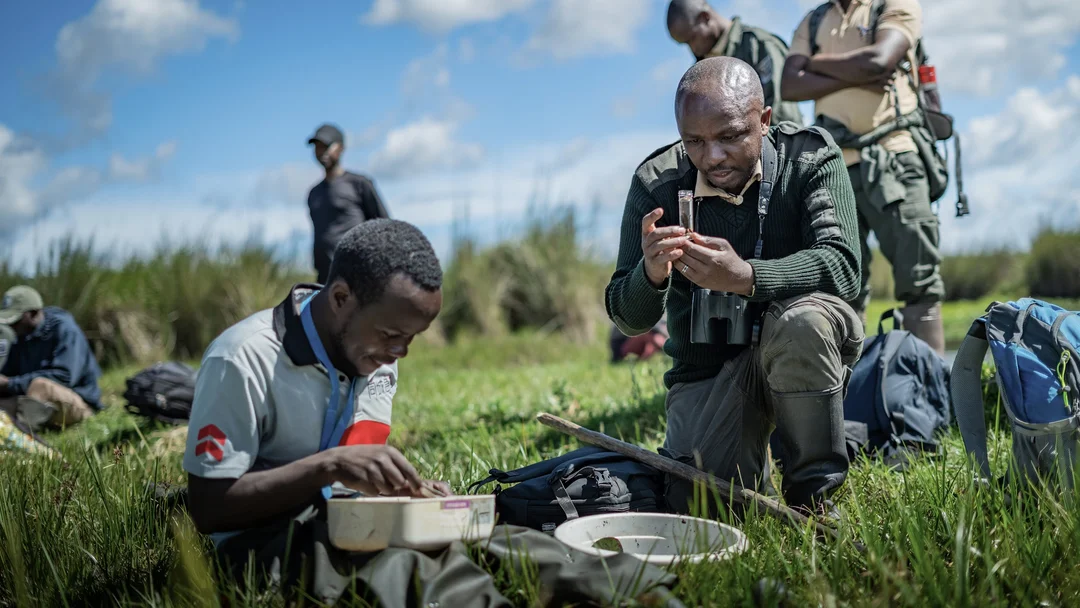
Olivier Nsengimana’s Inspiring Efforts To Save The Gray Crowned Crane In East Africa
In a world where conservation often battles against habitat loss and illegal wildlife trade, the story of Olivier Nsengimana and the gray crowned crane in Rwanda stands out as a beacon of hope. Ten years ago, these stunning birds faced the brink of local extinction due to targeted threats, yet through dedicated efforts spearheaded by Nsengimana, there is now a narrative of revival.
The gray crowned crane (Balearica regulorum) once thrived across East Africa, but by 2017, a census revealed a heartbreaking population of fewer than 500 cranes in Rwanda—a shocking decline fueled primarily by habitat destruction and illegal capture. “We had more cranes in people’s homes than we had in the wild,” Nsengimana lamented, a sentiment echoing the urgent need for conservation efforts.

The Rwanda Wildlife Conservation Association (RWCA), founded by Nsengimana, has been pivotal in combating these issues. The organization's innovative campaign enlisted community members to protect wetlands—essential for crane survival—through initiatives that prioritize education over punishment. By offering amnesty to individuals who previously kept cranes as pets, they successfully redirected the love for these creatures back into conservation.
The RWCA's tireless actions have shown tangible results. From a count of 487 cranes in 2017 to a remarkable 1,293 in recent counts, these birds are once again gracing Rwanda’s wetlands. This revival highlights the profound connection between community involvement and animal conservation, underlining that when local people care, wildlife flourishes.

Furthermore, Nsengimana's vision extends beyond borders, as RWCA collaborates with neighboring countries where similar challenges impact crane populations. This regional approach signifies a holistic view of conservation—the understanding that wildlife management must transcend political boundaries, protecting shared habitats that sustain diverse species.
As Nsengimana prepares to receive the prestigious 2025 Whitley Gold Award for his invaluable contributions, one can’t help but feel hopeful. His developments suggest that with collaboration, perseverance, and community engagement, endangered species like the gray crowned crane can be revived from the brink of extinction.
As we look toward the future, the question remains: Can we replicate these success stories across other regions facing similar challenges? Your thoughts matter! Share your opinions or experiences in conservation efforts and let’s explore this vital conversation together.
